Walking Sharks and the Fight for Ocean Biodiversity in Raja Ampat:
The global abundance of oceanic sharks and rays has plummeted by nearly three-quarters (71%) over the past 50 years, primarily due to overfishing A quarter of all shark species are currently at risk of extinction.
Each year, approximately 100 million sharks are killed globally, either intentionally for their fins, meat, oil, and cartilage, or unintentionally as by-catch of the fishing industry. In stark contrast, sharks are responsible for just five to six human fatalities annually. Statistically, in the US you’re over 7 times more likely to die from eating a hot dog than from a shark attack
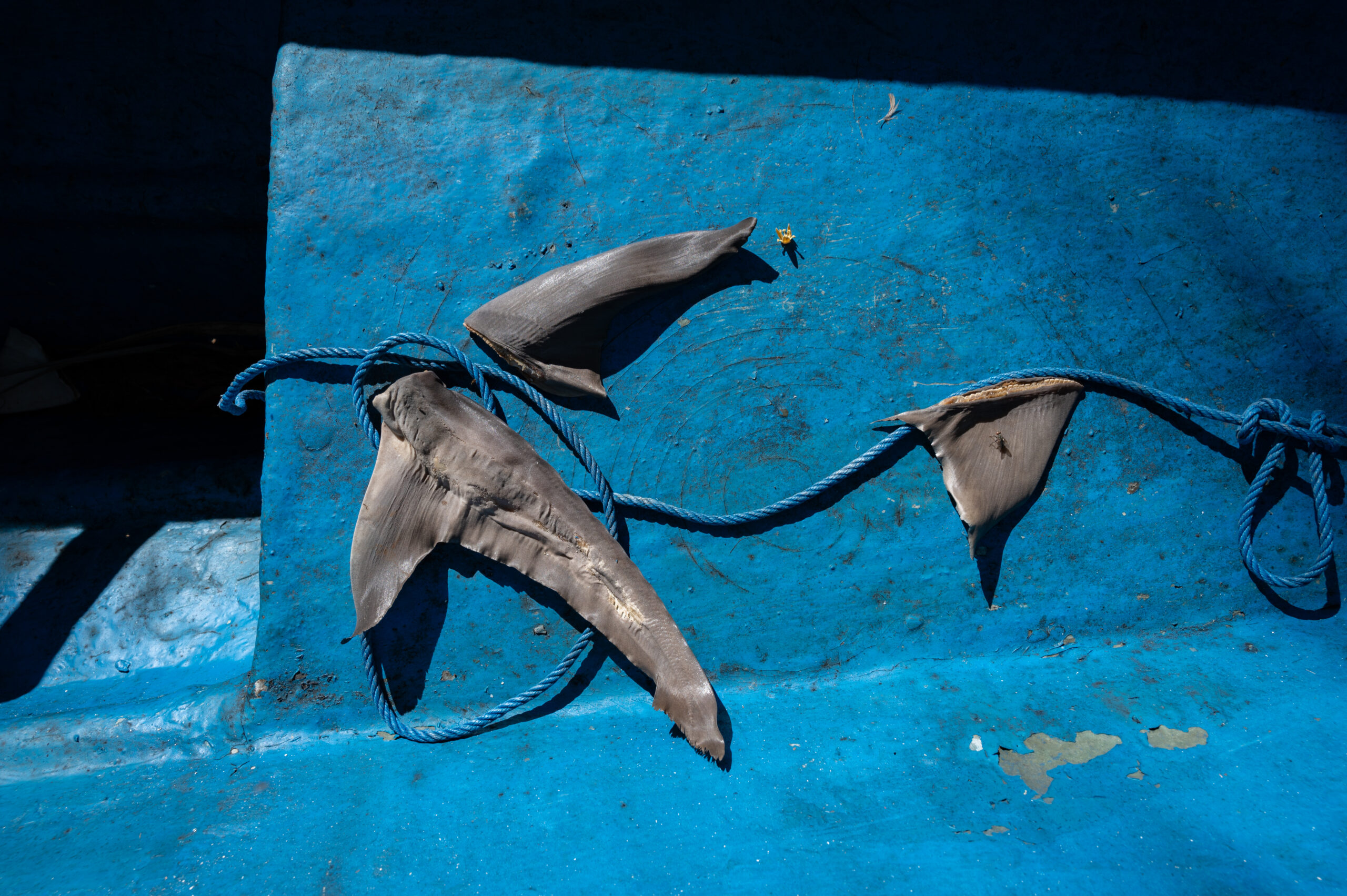
What We Saw on the Way to Indonesia:
Most people will never witness what we saw while navigating toward Indonesia: a forest of fishing vessels appearing on AIS (Automatic Identification System—a marine navigation tool) choking and overexploiting marine life. Seahawk was forced to weave and meander between countless boats and avoid hundreds of miles of fishing nets stretching across the ocean.
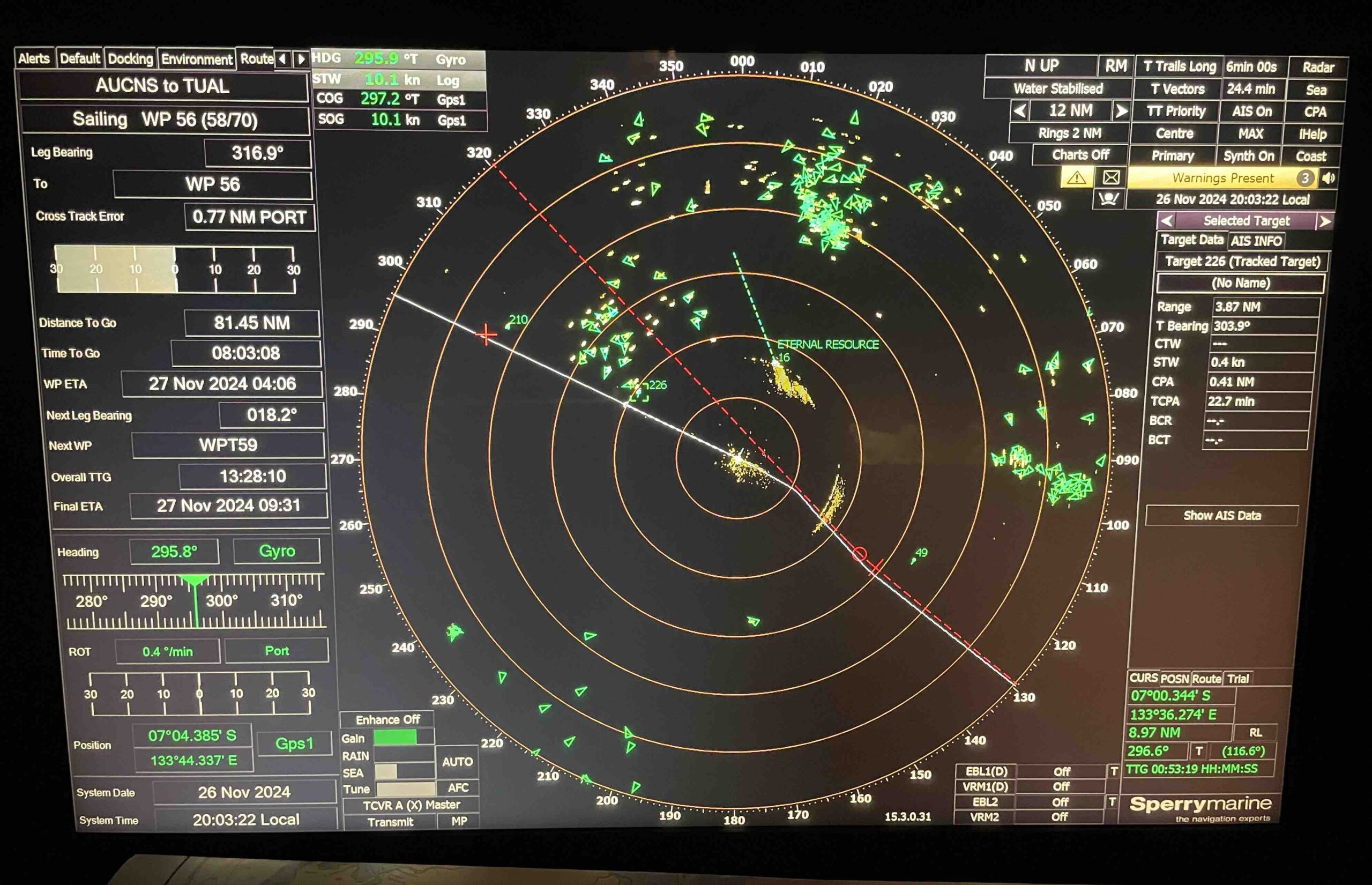
Overfishing of this scale has undoubtedly taken a toll on Indonesia’s marine biodiversity. Even in areas where coral reefs looked healthy, our dives revealed fewer large fish. A stark reminder of the invisible damage taking place. Demand fuels destruction, and the myth of “sustainable fishing” unravels quickly when faced with the reality of indiscriminate netting. These massive nets scoop up all species (known as by-catch), destroy habitats, and operate under poor regulation.
Change will only come when consumers reject these destructive practices. Among the countless vessels we passed a Singapore-flagged 250-meter bulk carrier ironically named Eternal Resource (insert eye roll here).
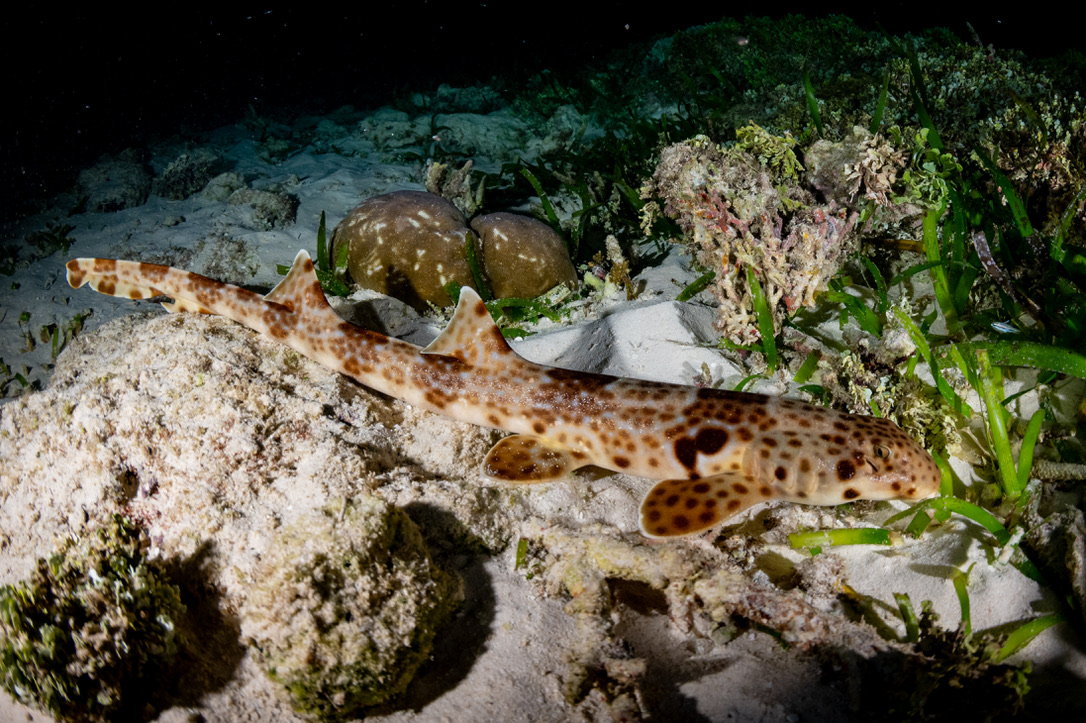
Raja Ampat’s Secret Shark:
One of the ocean’s lesser-known yet fascinating shark species is the Epaulette Shark (Hemiscyllium freycineti) also known as the “walking shark.” Endemic to the coral-rich waters of Raja Ampat, this shark is not your typical apex predator. It grows only about 60 to 76 cm (24 to 30 inches) long and has the unique ability to “walk” across the seafloor using its pectoral and pelvic fins.
These nocturnal creatures favour shallow reef environments, seagrass beds, and coral flats. Emerging under cover of night, they feed on small invertebrates like molluscs and crustaceans. They reproduce by laying eggs, typically placing them in rock crevices or coral outcroppings for protection until hatching.
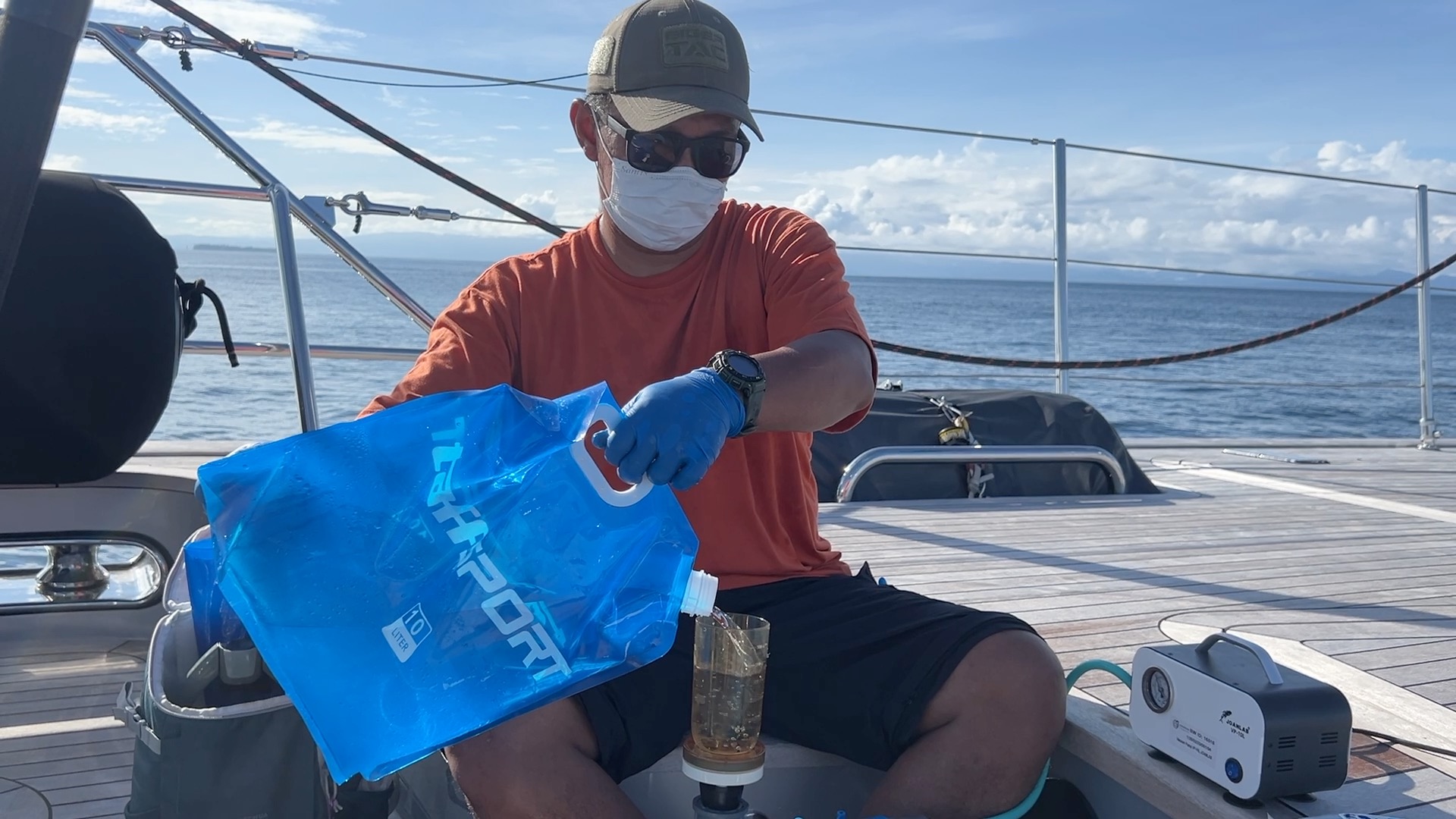
Science at Sea: A Collaborative Mission:
To better understand and protect this unique species, Seahawk colaborated with Yacht Aid Global to support Indonesian marine scientists from the Elasmobranch Institute of Indonesia. Dr. Edy Setyawan, Dr. Danang Ambar Prabowo, Abdy Hasan and their team, have been conducting a groundbreaking study in Raja Ampat. Their efforts include tagging and tracking walking sharks to establish a population baseline and understand movement patterns.
Their research revealed highly restricted ranges for the sharks and a reliance on specific habitat types, making them particularly vulnerable to threats like:
· Artisanal fishing
· Habitat loss from coastal development
· Climate change and coral bleaching
Armed with this data, the team aims to implement local conservation strategies to ensure the long-term survival of the species.
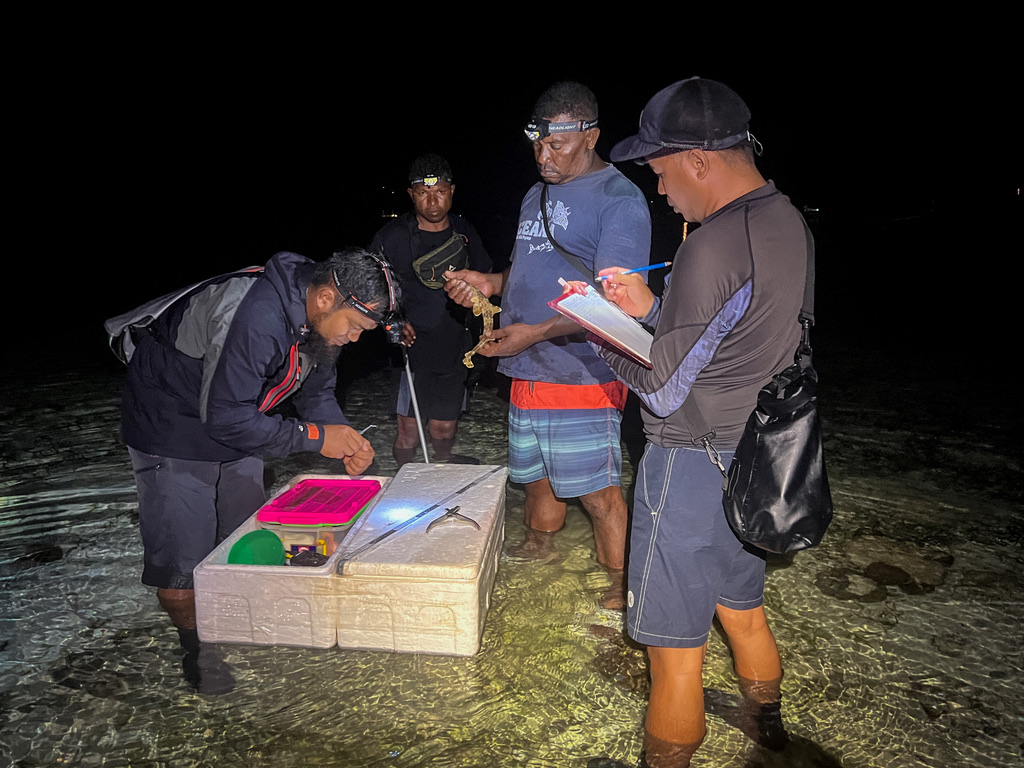
Innovative Conservation: eDNA and Biologging
The research team is also pioneering the use of environmental DNA (eDNA) to detect the presence of walking sharks through water samples – an innovative, non-invasive method that allows scientists to track species even in hard-to-reach habitats.
In tandem, biologgers are being deployed to gather data on temperature and depth preferences, helping scientists understand how the species may adapt, or struggle, in response to climate variability.
These combined methods are offering a richer, more accurate picture of the species’ life cycle and habitat needs, contributing to science-based policy and management decisions.
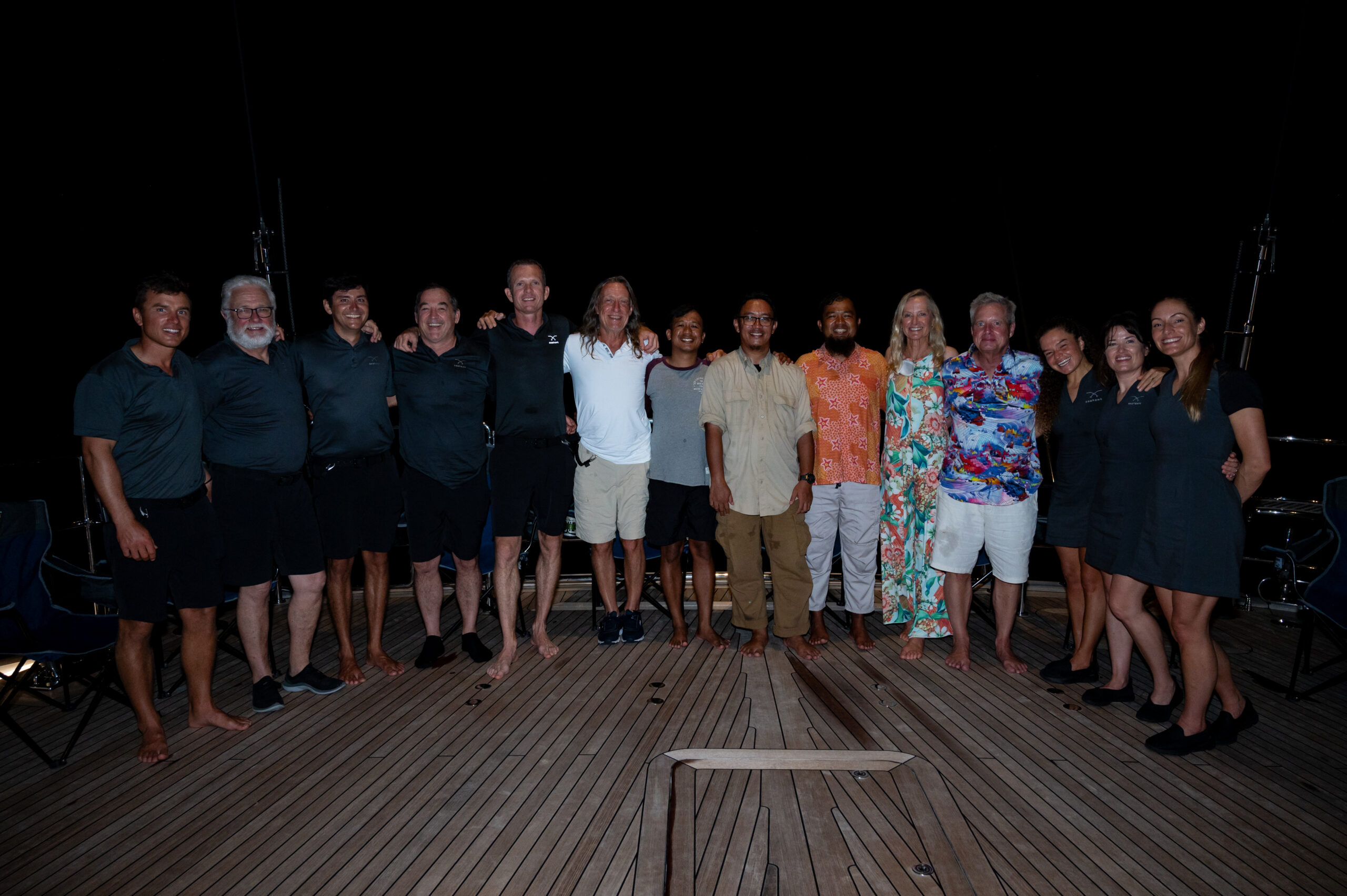
Why Should We Care About a Walking Shark?
It’s easy to dismiss the plight of a small, strange-looking shark as inconsequential in the grand scheme of ocean conservation. But the truth is: we don’t fully understand the ecological role of many marine species until their absence causes cascading, devastating effects.
Just as a skyscraper depends on hidden structural supports, our oceans rely on species big and small. Remove enough, and the whole system begins to crumble. Biodiversity is not a luxury, it’s the foundation of ocean health.
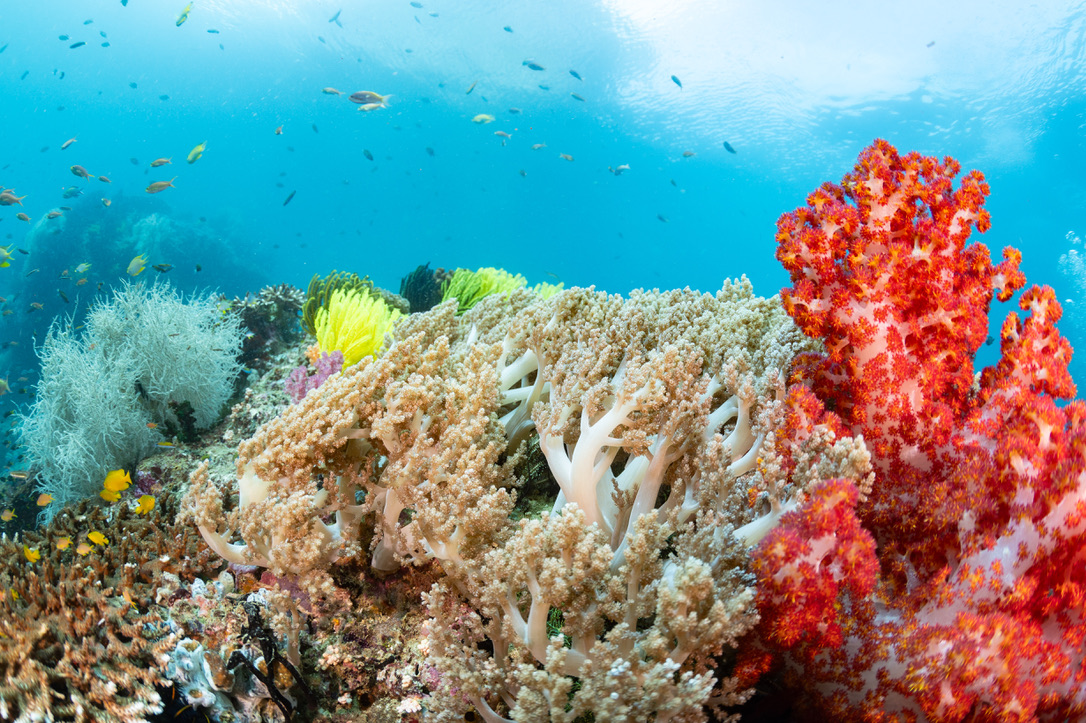
The story of the walking shark is more than a curiosity, it’s a call to action. In Raja Ampat, where marine life clings to fragile reef systems, the survival of this small, remarkable species reflects the health of the broader ocean. Through cutting-edge science and cross-border collaboration, we have a rare opportunity to protect not just a single shark, but an entire ecosystem. The choices we make, what we eat, how we travel, what we support, ripple outwards. If we want thriving oceans tomorrow, we must act today – with awareness, intention, and a deep respect for even the smallest creatures that “walk” the seafloor.
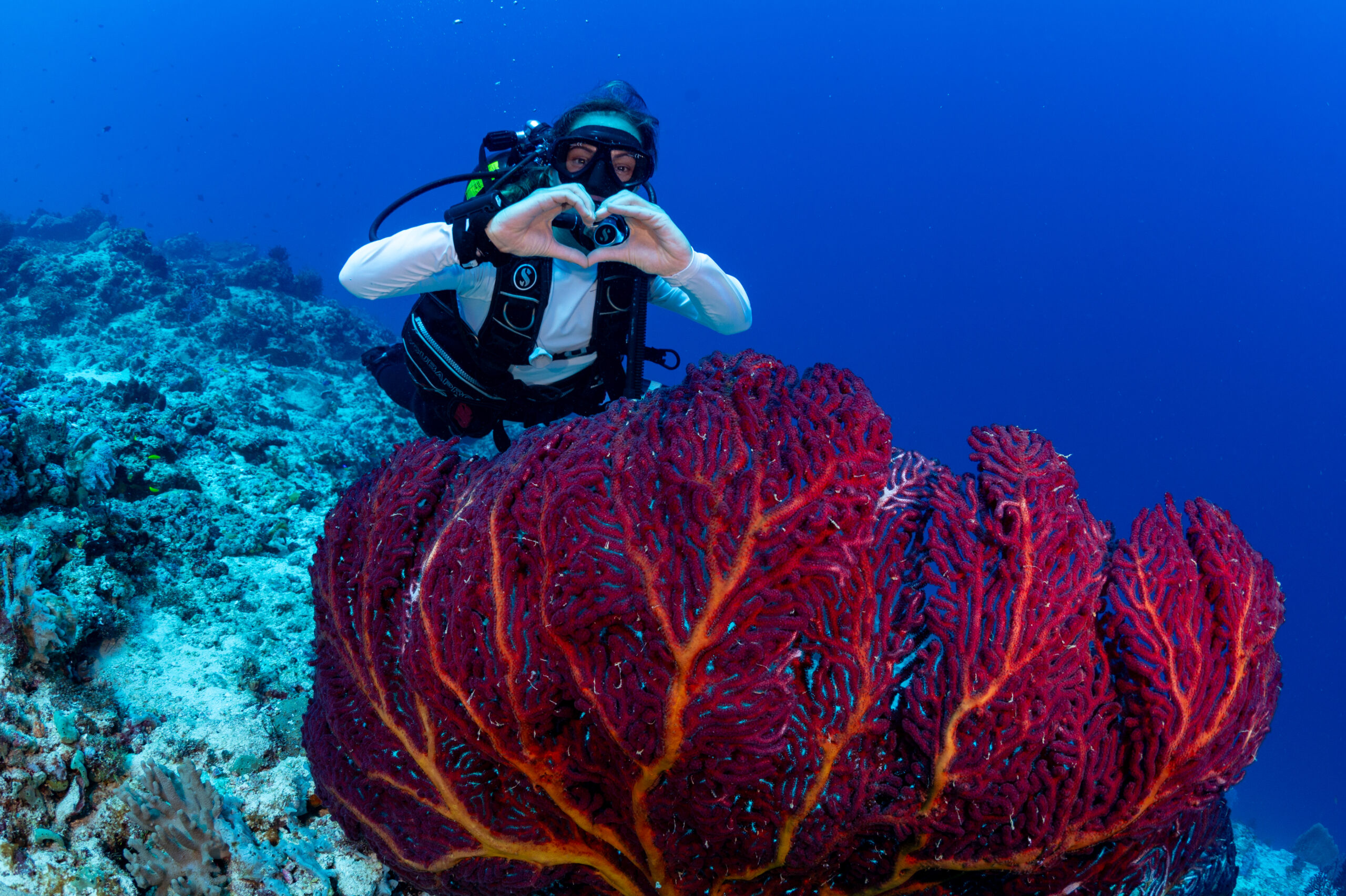
Article written by Nicola Watton
Sources:
Marine Megafauna Foundation
Rodolphe Holler – Tahiti Private Expeditions
For more information, visit:
https://yachtaidglobal.org/campaigns/operation-swimway
https://www.elasmobranchinstitute.id/

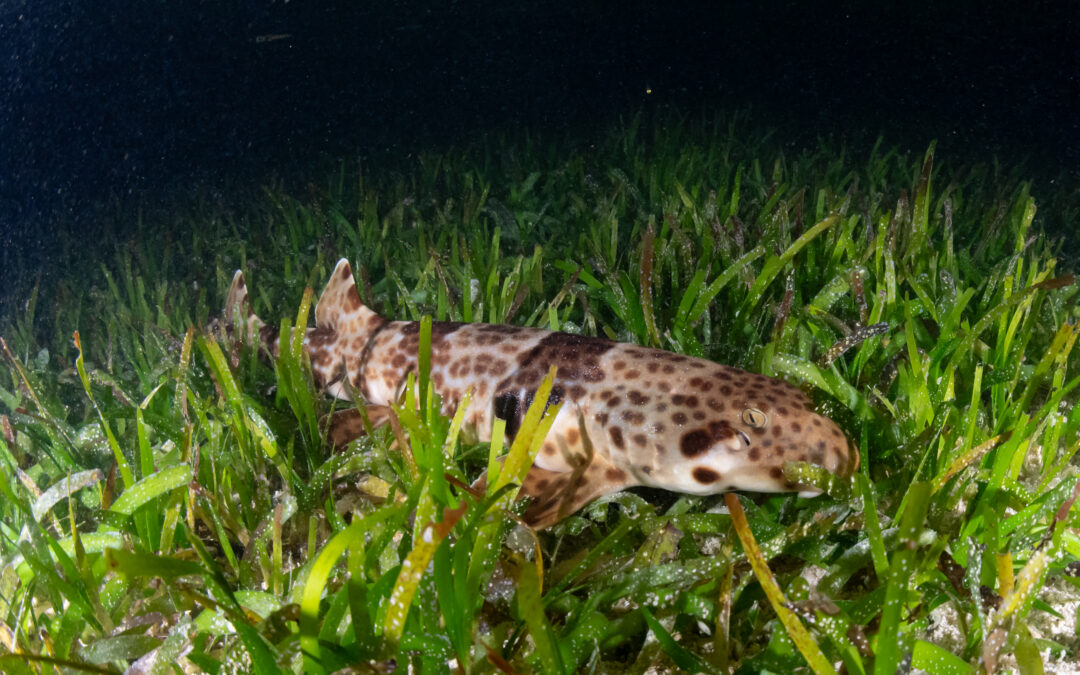
A fantastic read! Bravo Team Seahawk for the incredible work! I couldn’t help but wonder, while protecting marine life, the crew are surly mindful of not consuming it? The irony would be hard to ignore.